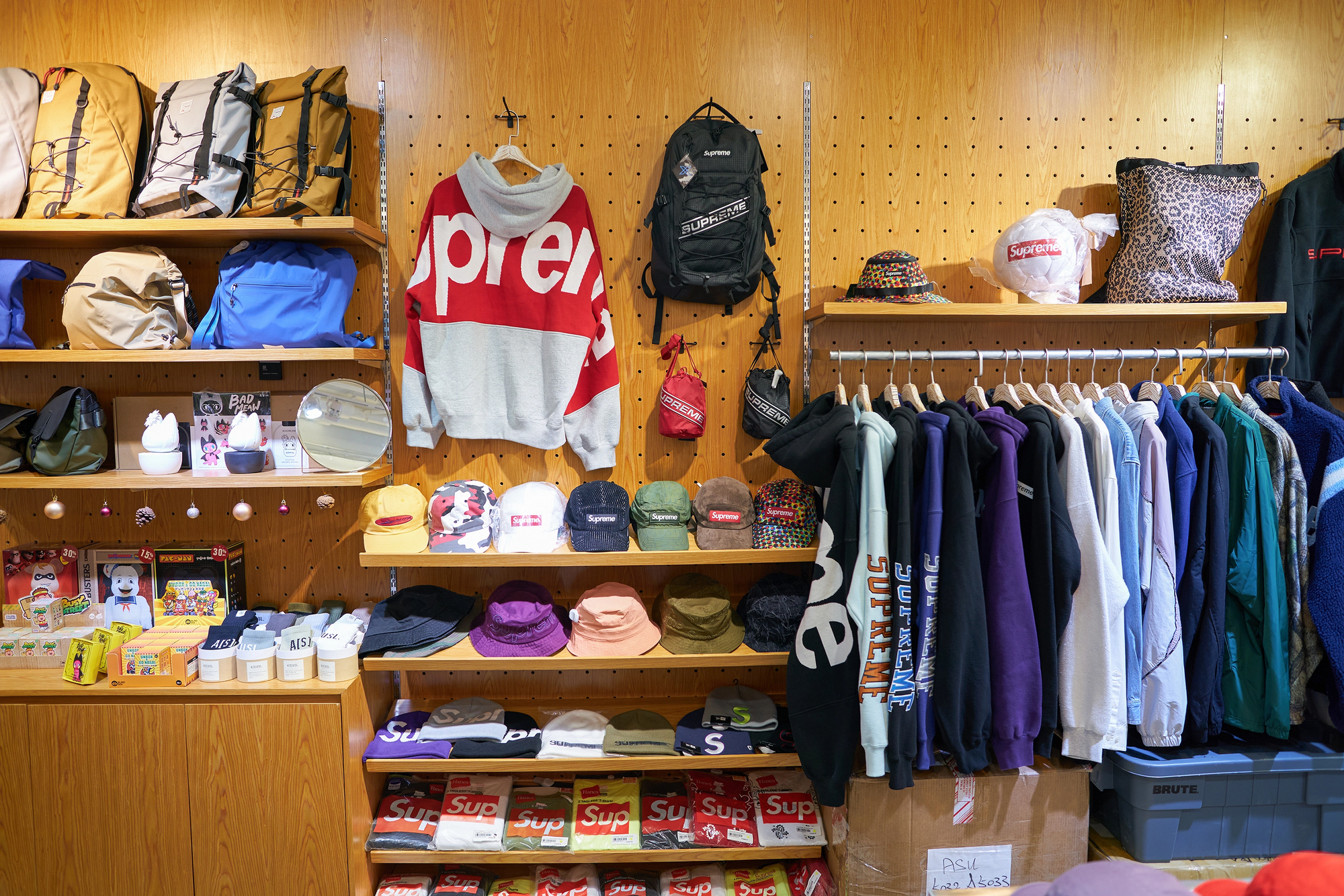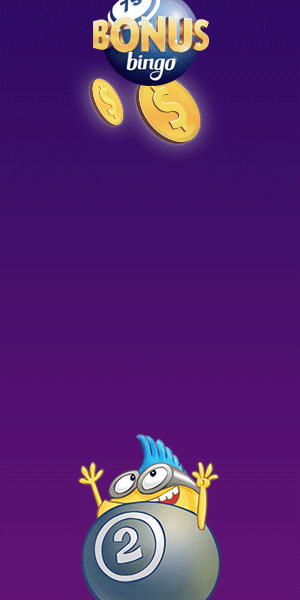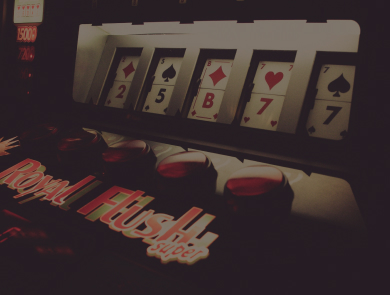How to Bet on Sneaker & Streetwear Drops (Travis, Nike SB, Supreme) & Sellout Speed

Sellout Speed
You’re scrolling through your social media feed when you see it: a grainy, zoomed-in photo of what looks like a new Travis Scott sneaker, worn courtside at a basketball game. The comment section explodes. Is it a custom one-of-one? A friends-and-family exclusive? Or is it the first glimpse of the next multi-million dollar release? This speculative frenzy, the digital detective work, and the thrill of prediction are as much a part of sneaker culture as the drops themselves.
Becoming an astute observer of this world isn’t about having a crystal ball. It’s about learning to read the signs, understand the players, and make educated guesses on what’s coming next. From anticipating the next blockbuster collaboration to calling a sellout time down to the second, analyzing the market is a skill. Here’s how you can learn to place bets on the culture’s next move.
Predicting the Next Big Collaboration
Before a shoe even has a style code, it begins as a rumor. Predicting who will work with whom is the first part of the game. The clues are often hiding in plain sight.
One of the most reliable indicators is the personal orbit of a key figure. Pay attention to what major artists like Travis Scott are wearing or seeding to their inner circle. Months before his “Utopia” Air Force 1 was announced, he was seen wearing early prototypes, sparking intense debate and analysis. Following the brands and designers that these cultural titans associate with can provide a roadmap to their next official project.
Historical patterns also offer powerful insights. Supreme, for instance, has a well-established cadence of collaborating with certain brands. A partnership with The North Face is a near-annual tradition, as are team-ups with Nike and Vans. They also have a deep affinity for pulling from niche art and music history. If you see a legendary but somewhat obscure artist’s work appear on a mood board or in an interview with the brand’s creative director, a future collaboration could be in the works.
Pinpointing Release Dates
Once a collaboration is confirmed, the next question is always, “When?” While brands love an element of surprise, their release schedules are more predictable than you might think.
Some brands operate like clockwork. Supreme’s drop schedule is the most famous example: every Thursday at 11 AM Eastern Time during their active seasons. This consistency allows the community to plan and prepare.
For Nike, the calendar is more fluid but still follows a certain logic. Major collaborations are often pegged to larger cultural events. Expect high-heat releases during NBA All-Star Weekend, the Olympics, or Air Max Day (March 26th). Anniversaries are also huge. The 40th anniversary of the Air Jordan 1 in 2025, for example, has been a focal point for a slate of highly anticipated retro releases. For Travis Scott, his sneaker drops are often strategically timed to amplify his other projects, like a new album or a major tour announcement. If you hear whispers of new music from him, it’s a safe bet to start watching the SNKRS app more closely.
Gauging Sellout Speed
This is the ultimate test of a product’s hype. Predicting whether an item will sell out in 0.5 seconds or 5 minutes is a measure of your understanding of market demand. The single greatest factor is the name attached. Any footwear bearing Travis Scott’s name is an automatic, instantaneous sellout. The demand is so overwhelming that Nike uses a Draw system, as a first-come, first-served release would crash its servers.
The next factor is the story and silhouette. A Nike SB Dunk that pays homage to a beloved piece of skate culture and is a collaboration with a respected shop will vanish. In contrast, a new, general-release colorway of a less popular SB model might be available for hours or even days at local skate shops. For Supreme, the item hierarchy is clear: Box Logo hoodies and photo tees featuring a major celebrity are the pinnacle and will be gone before the page can fully load for most users. A set of branded chopsticks, while still limited, might last for several minutes.
The most direct way to gauge sellout speed is to watch the pre-release resale market. Platforms like StockX and GOAT are, in effect, futures markets for sneakers. If a shoe is listed for sale weeks before its official release at a price that is five to ten times its retail value, you can be certain that the sellout time will be measured in seconds. If the pre-release price is hovering just above retail, it indicates lower heat, and the item may be relatively obtainable.
Engaging with sneaker and streetwear culture on this analytical level adds a new layer to the hobby. It transforms you from a passive consumer into an active participant in the conversation. By tracking collaborations, decoding release schedules, and evaluating market hype, you can develop a keen sense for the rhythm of the industry. This knowledge not only makes the entire process more interesting but also gives you a deeper appreciation for the forces that make a simple pair of shoes a global phenomenon. The next time a rumored sneaker appears online, you won’t just be looking at a product; you’ll be looking at a set of clues waiting to be solved.







